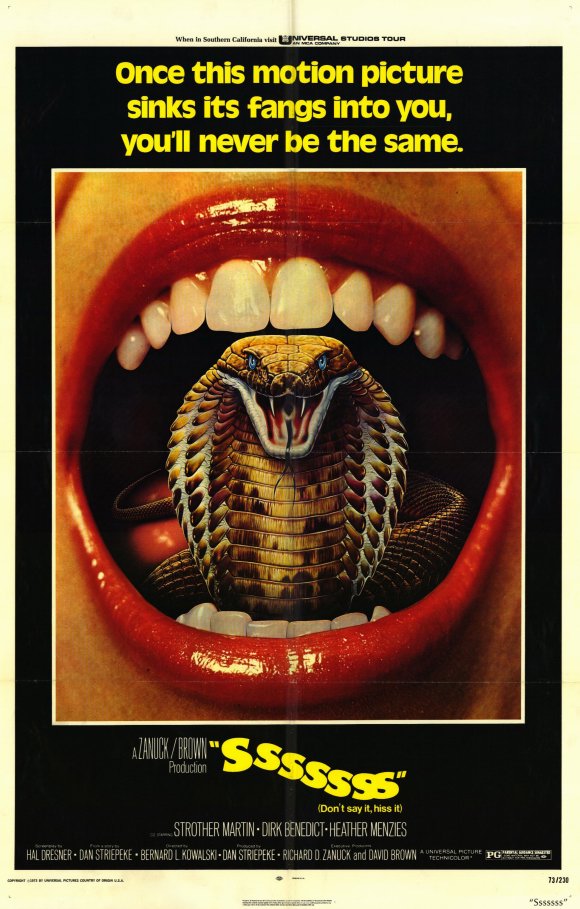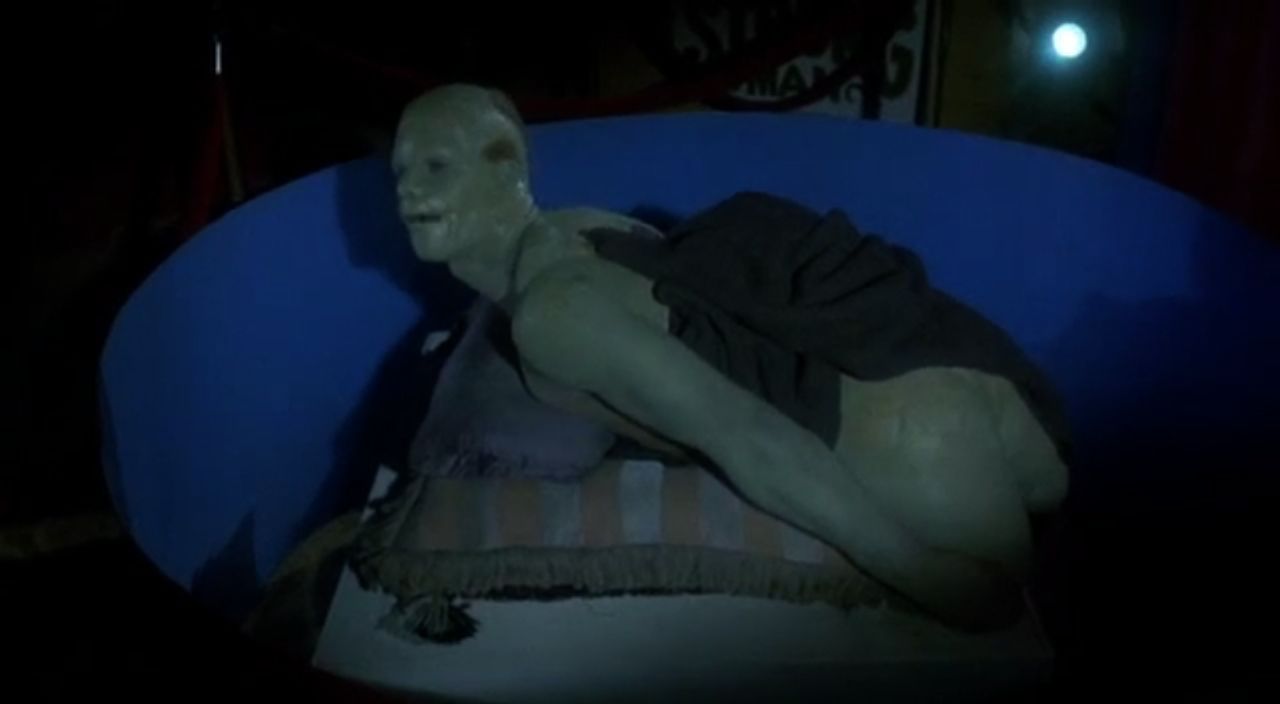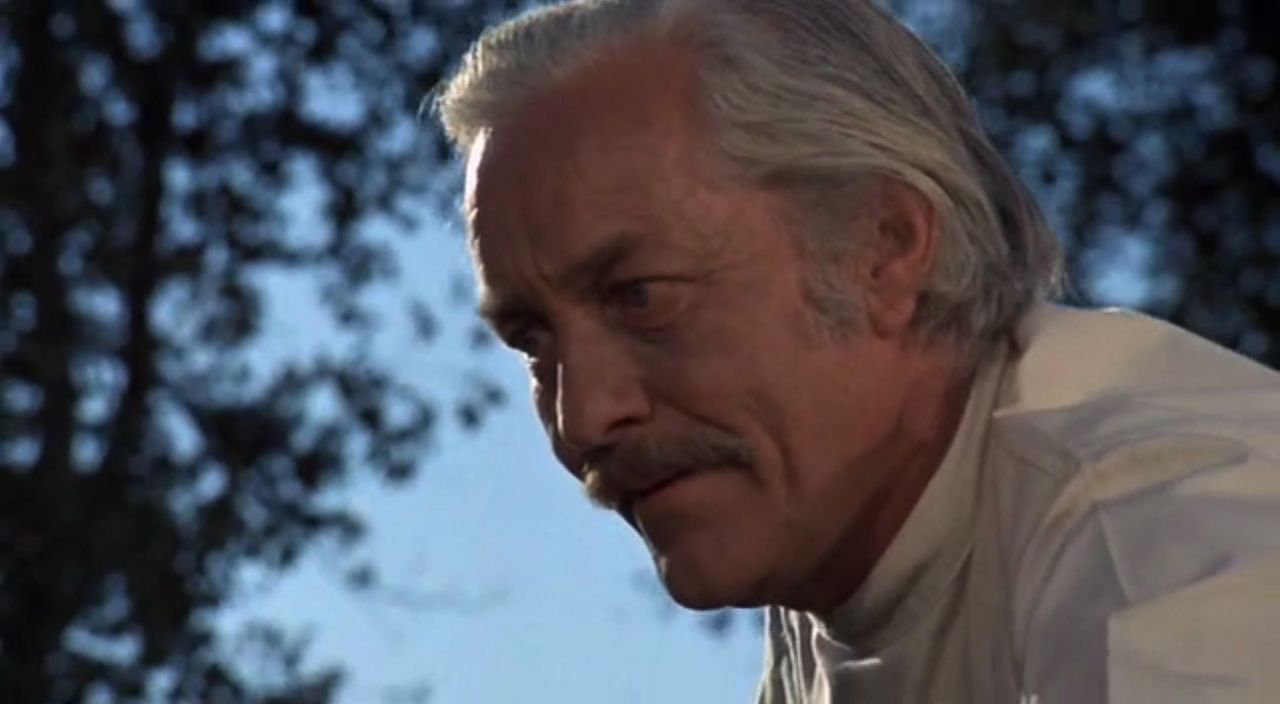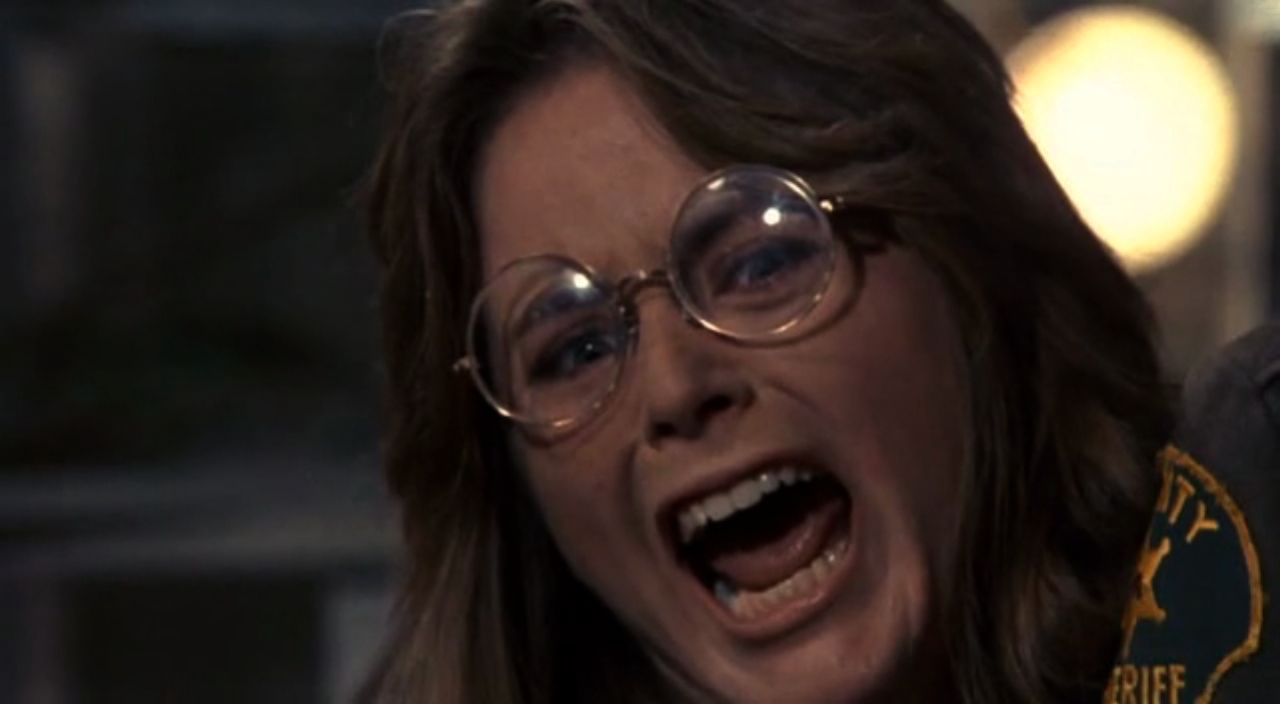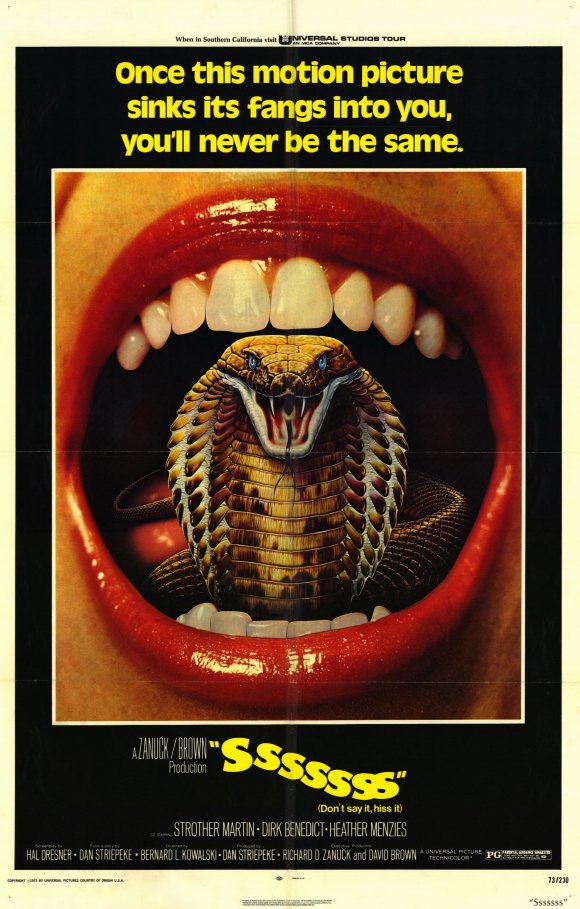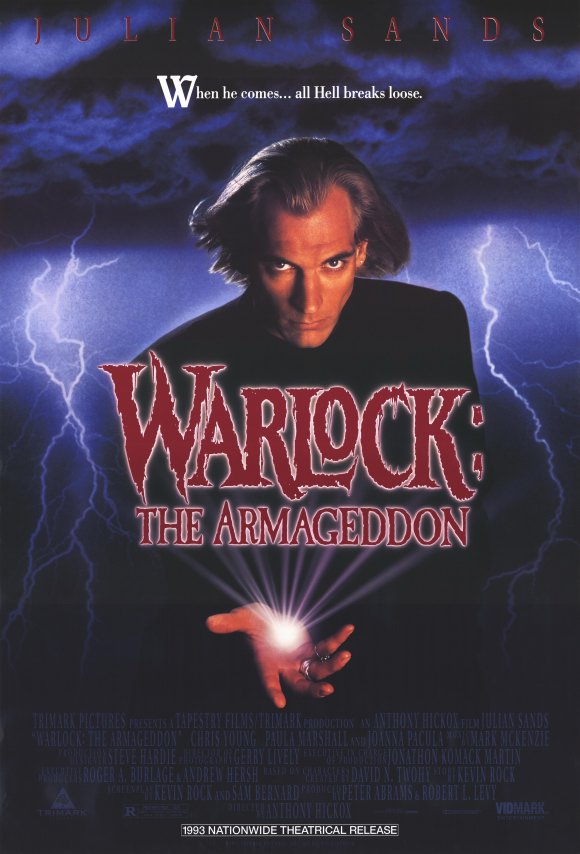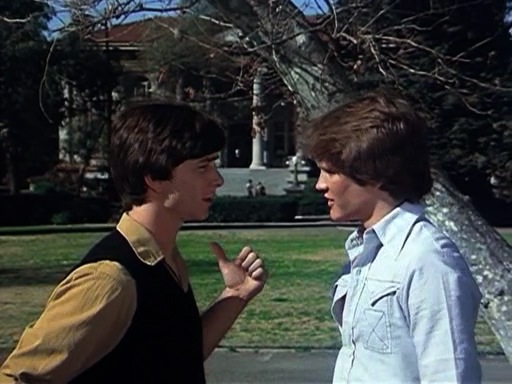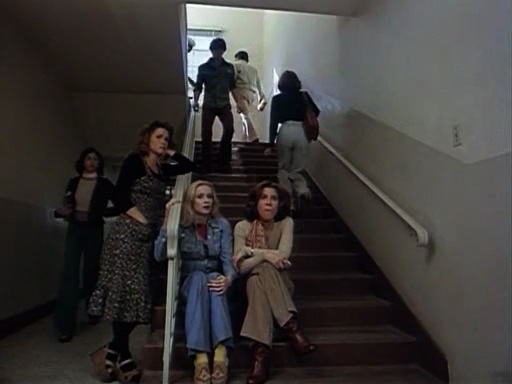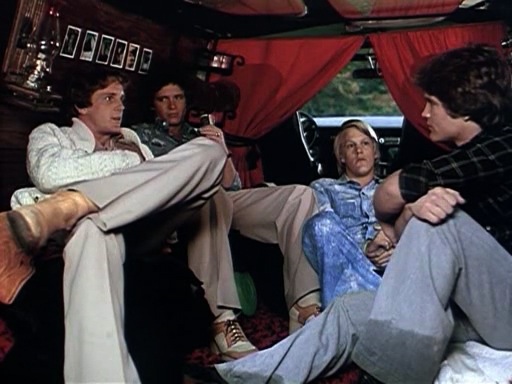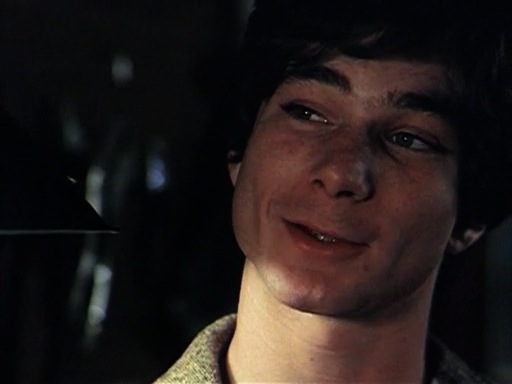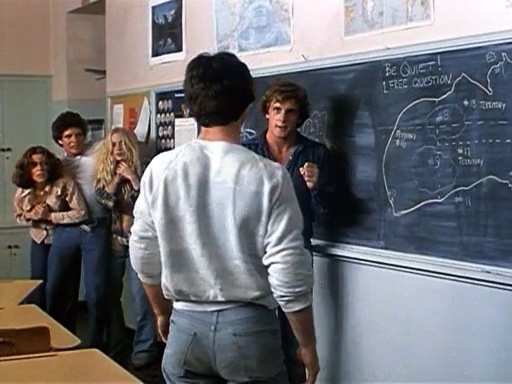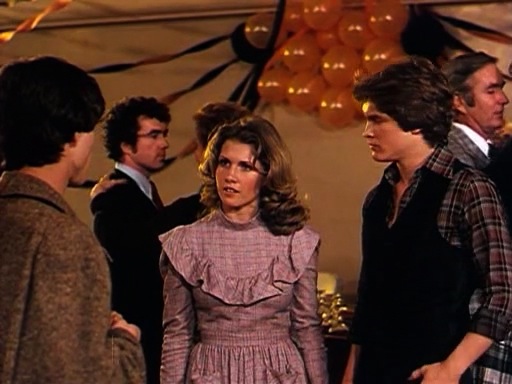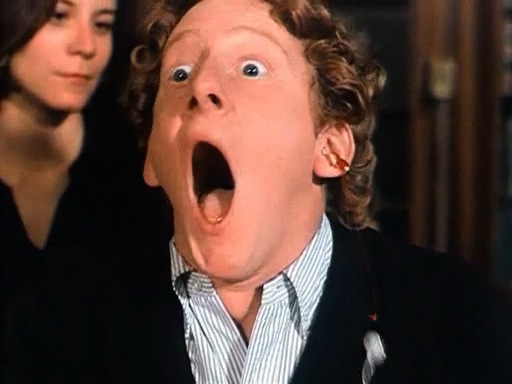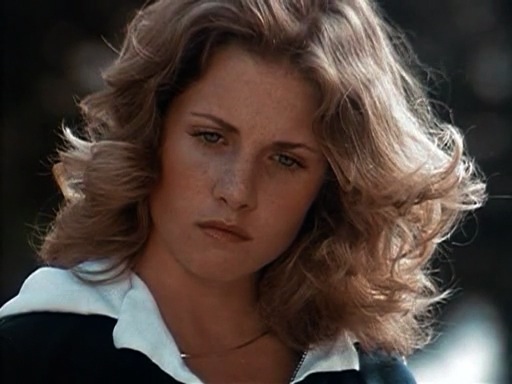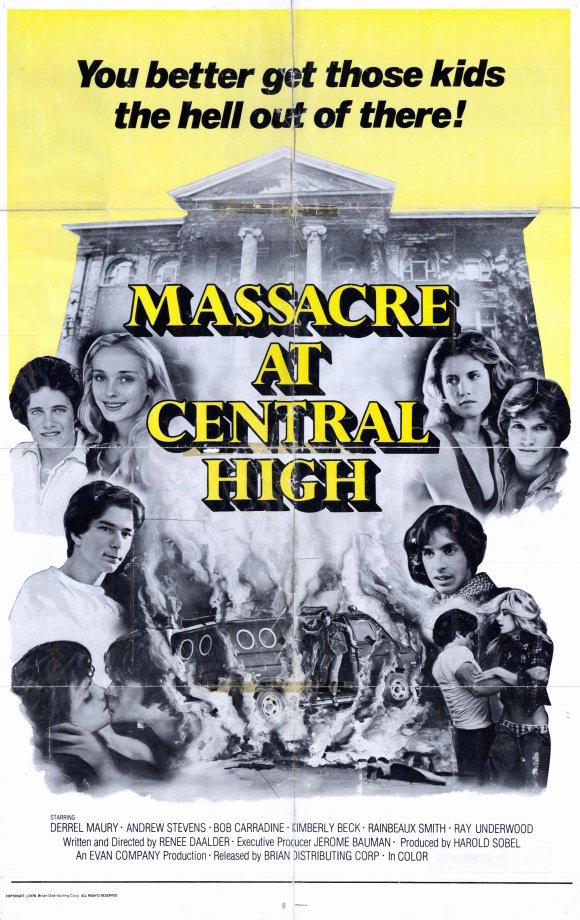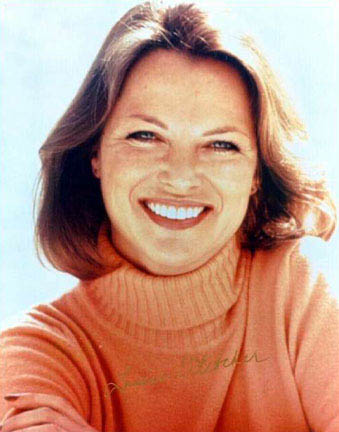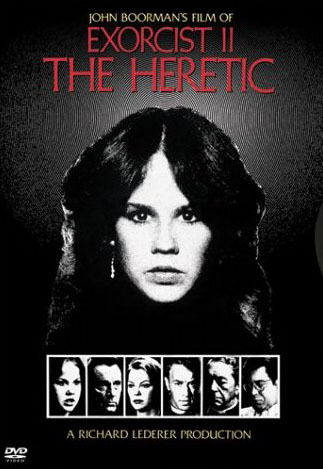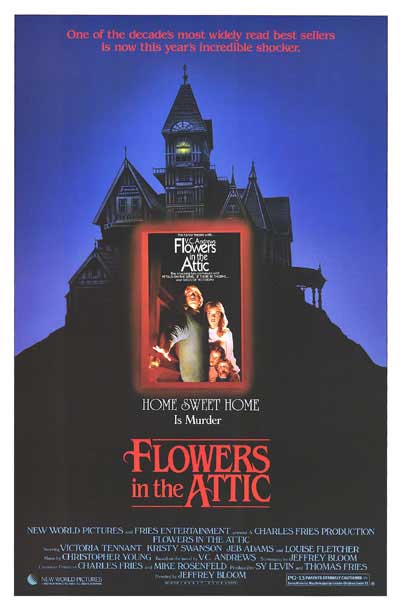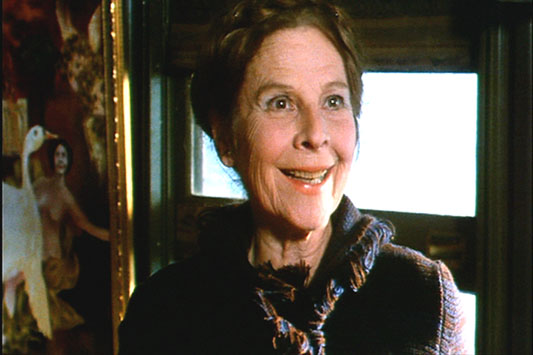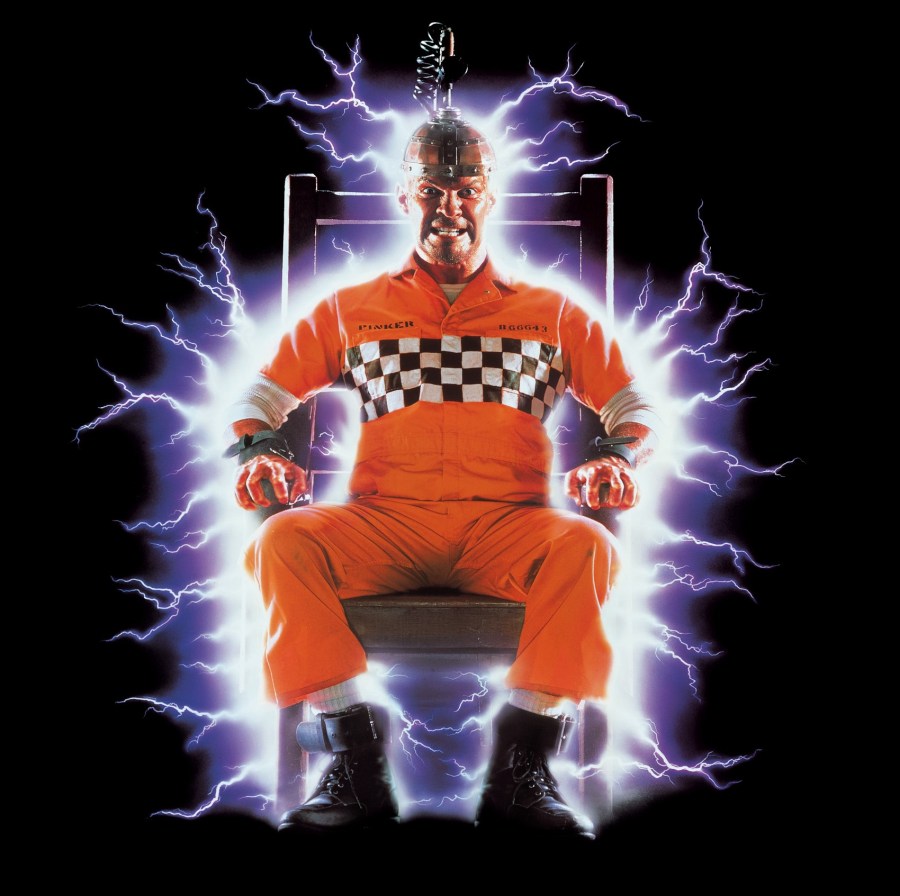B-MOVIE BULLSH*T - Part Twelve "Ssssseriously?"
 Monday, November 28, 2011 at 6:00AM
Monday, November 28, 2011 at 6:00AM
B-Movie Bullsh*t
Part Twelve
Sssssss
(1973)
Synopsis
Late at night a carnie named Kogen arrives at the home of famous herpetologist Dr. Carl Stoner to pick up a mysterious package that appears to contain some large, unseen animal. The next day Stoner visits Dr. Daniels, the chairman of the university’s zoological department. He’s come to request an extension on his research grant and to find someone to replace Tim, his student assistant who appears to have taken off without notice. Daniels can’t guarantee the grant, but he does recommend David Blake for the assistant position. David eagerly accepts and drives with Stoner to his isolated house and its basement laboratory. There he meets Kristina, Stoner’s attractive daughter, who’s surprised to learn of Tim’s unexplained disappearance. After showing David his impressive collection of snakes, including a black mamba and king cobra, Stoner gives him an injection he says is meant to protect him from venomous bites. Over the following weeks, David and Kristina start falling in love—a development her father strong disapproves of. David starts showing strange physical changes that the doctor insists are normal reactions to the injections, but the truth of what’s happening to him can be found at the freak show of a local carnival, where the half-man, half-snake is far more realistic than nature would ever allow. The depth of Stoner’s madness is proven when he sneaks into the room of a local football hero and slips the black mamba into the jock’s shower in order to get revenge for the death of his beloved pet python. On the final day of David’s transformation, Stoner sends Kristina away on a wild goose chase so he can attend to the creation of the first snake with a human mind. Doing this also requires that he feed Dr. Daniels to a large snake in his storm cellar. Unlike Tim, David’s metamorphosis proves successful and Stoner chooses to celebrate by gloating about his achievement to his king cobra, which ends with him being repeatedly bitten. Kristina finds her father dead in their backyard, and—having learned about what happened to Tim—realizes that the new king cobra in their lab is her boyfriend who—as the movie ends—is threatened by both an attacking mongoose and the gun of the local sheriff.
Sssssss was the first movie made by the famous producing team of Richard D. Zanuck and David Brown. The two of them first worked together as executives at 20th Century Fox, the studio founded by Zanuck’s legendary father, Darryl. As far as cult film fans are concerned their most important achievements during this period were Planet of the Apes, Beyond the Valley of the Dolls, and the infamous WWTTM (What Were They Thinking? Movie) disaster, Myra Breckenridge. As independent producers they wouldn’t hit the big time until two years after Sssssss, when they helped changed cinema forever with another scary animal movie—Steven Spielberg’s Jaws.
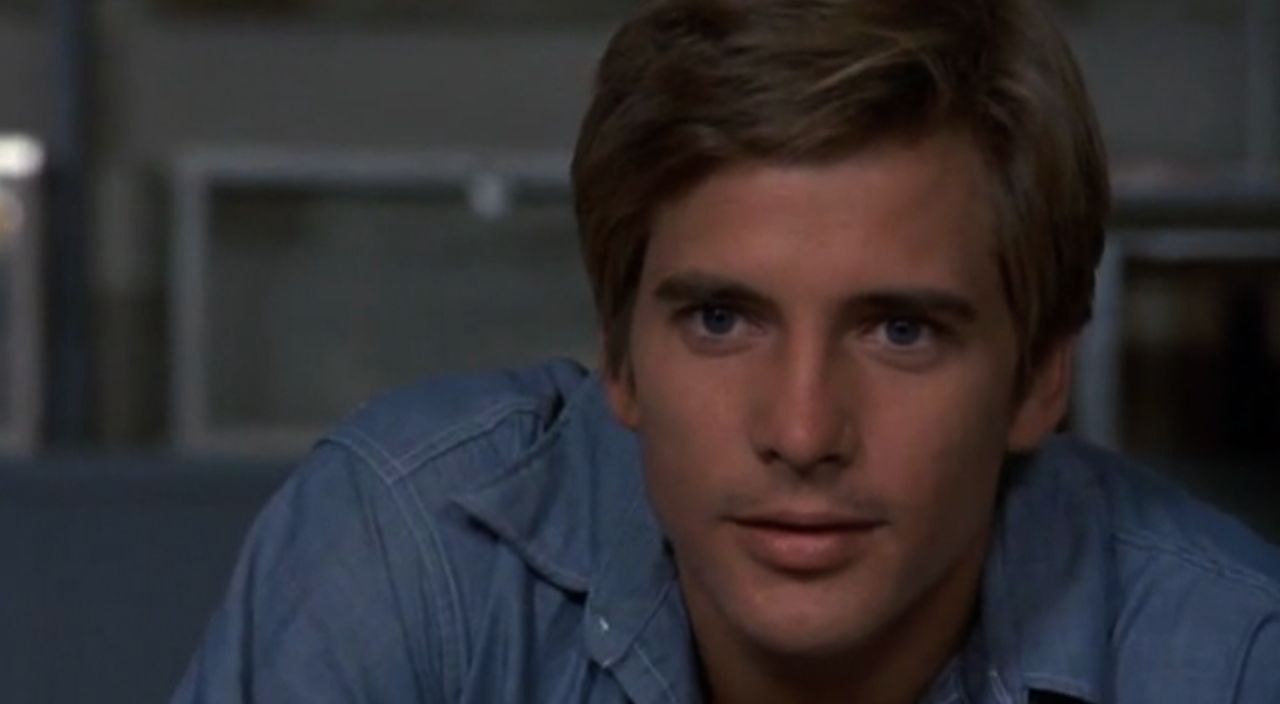 Watching Sssssss (which earns my personal nomination for worst movie title of all time) it’s hard to see just why they chose to set their shingle on this particular property, which suffers from the same conceptual flaw most animal related horror films cannot overcome. The logic behind these films is that by exploiting people’s natural phobias of frightening animals, you have to expend little effort in crafting an effective horror movie. Since many people are terrified by the mere sight of snakes, making a movie that features a lot of them is guaranteed to thrill. Right?
Watching Sssssss (which earns my personal nomination for worst movie title of all time) it’s hard to see just why they chose to set their shingle on this particular property, which suffers from the same conceptual flaw most animal related horror films cannot overcome. The logic behind these films is that by exploiting people’s natural phobias of frightening animals, you have to expend little effort in crafting an effective horror movie. Since many people are terrified by the mere sight of snakes, making a movie that features a lot of them is guaranteed to thrill. Right?
But this all falls apart when you realize that the kind of person who suffers from the sort of antipathy that makes it difficult for them to even look at a snake or spider or rat, is most probably not going to pay to do so in a movie theater. Tickets will instead be bought by folks who have no problem with such animals and who feel no tension when they appear safely on a movie screen (as opposed to directly in front of them).
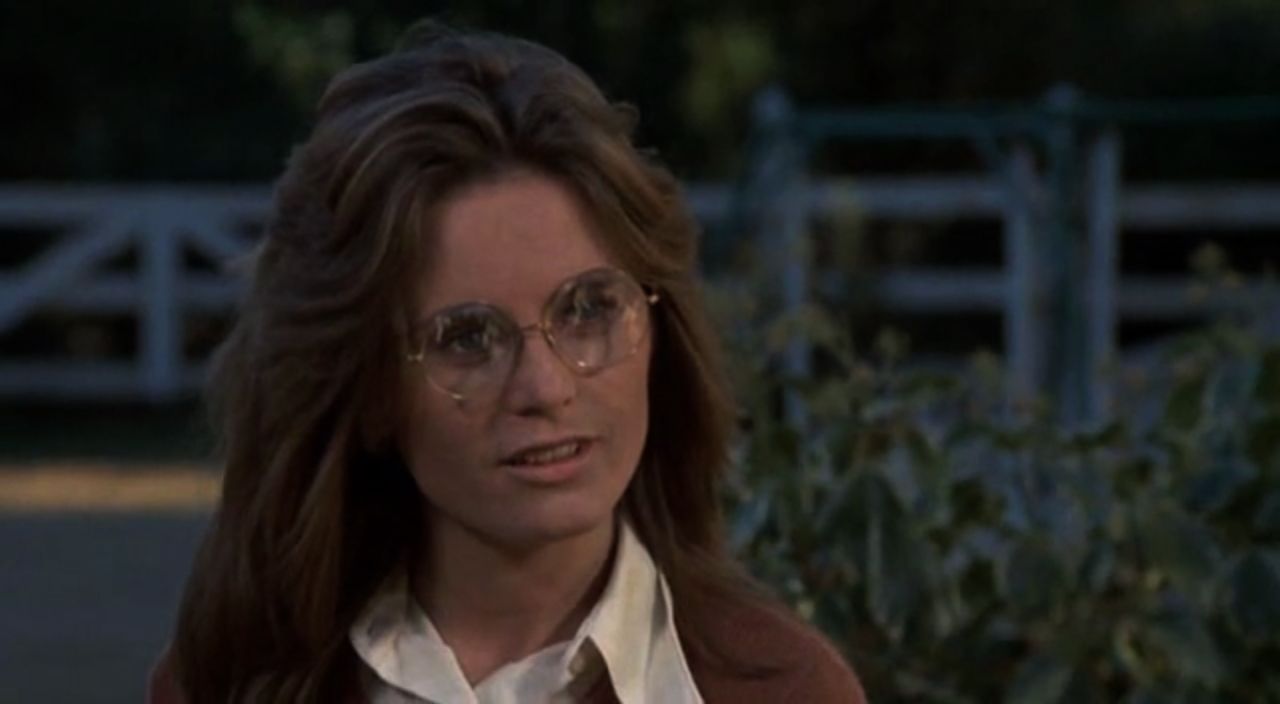 I’m not afraid of snakes. Would I object if a rattlesnake showed up in the middle of my bed? Of course, but if you told me I could approach a large python or an adorable chimpanzee, I’d pick the snake every single time. Once you’ve done the right reading, you know that most snakes would rather just ignore you, while a primate will straight out fuck you up. Just ask that woman Oprah interviewed who had her face bit off.
I’m not afraid of snakes. Would I object if a rattlesnake showed up in the middle of my bed? Of course, but if you told me I could approach a large python or an adorable chimpanzee, I’d pick the snake every single time. Once you’ve done the right reading, you know that most snakes would rather just ignore you, while a primate will straight out fuck you up. Just ask that woman Oprah interviewed who had her face bit off.
Because of this, for me the horror of Sssssss (I mean, really! Can you think of a worse title?) depends entirely on the element of the mad scientist and his victim and in that direction the film veers away from terror and instead into pathos. Much of this can be blamed on what is actually the film’s most successful element—Strother Martin’s performance as Dr. Stoner.
In playing the insane snake doctor, Martin chose to avoid all of the usual clichés. Instead of being a cackling, insane, egomaniac, he’s instead a quiet, humble, idealist who genuinely believes his crackpot experiment will change the world for the better. Not only do we like him, we sympathize with him. Even when he kills the football player, the script so clearly stacks the deck in his moral favour (the jock killed his pet snake in self defense while he was trying to break into Kristina’s room to rape her) that it’s almost impossible to fault him for it. It’s only at the very end where he becomes the outright villain most other films would have shown from the very beginning.
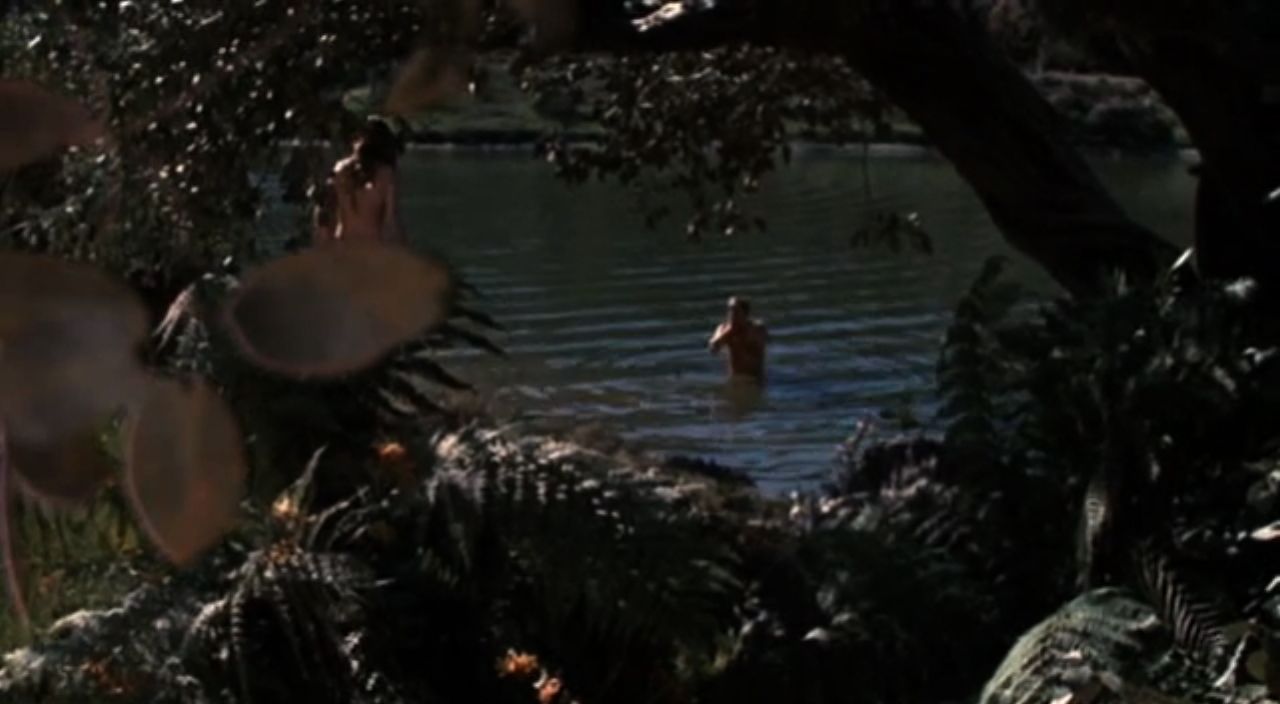 And as interesting as this is, it upsets the balance of David and Kristina’s story. Played by Dirk Benedict and Heather Menzies, they’re a very appealing couple, but the horror of his eventual transformation is affected by our inability to fault her father until the very end. Rather than a horrific act that defies nature, David’s fate instead seems sadly melodramatic—no different than if he had cancer or some other fatal disease. Instead of thinking “Holy shit, he’s totally turning into a snake!” we spend the movie worrying about how hard it’s going to be on Kristina, “She really seems to like him.”
And as interesting as this is, it upsets the balance of David and Kristina’s story. Played by Dirk Benedict and Heather Menzies, they’re a very appealing couple, but the horror of his eventual transformation is affected by our inability to fault her father until the very end. Rather than a horrific act that defies nature, David’s fate instead seems sadly melodramatic—no different than if he had cancer or some other fatal disease. Instead of thinking “Holy shit, he’s totally turning into a snake!” we spend the movie worrying about how hard it’s going to be on Kristina, “She really seems to like him.”
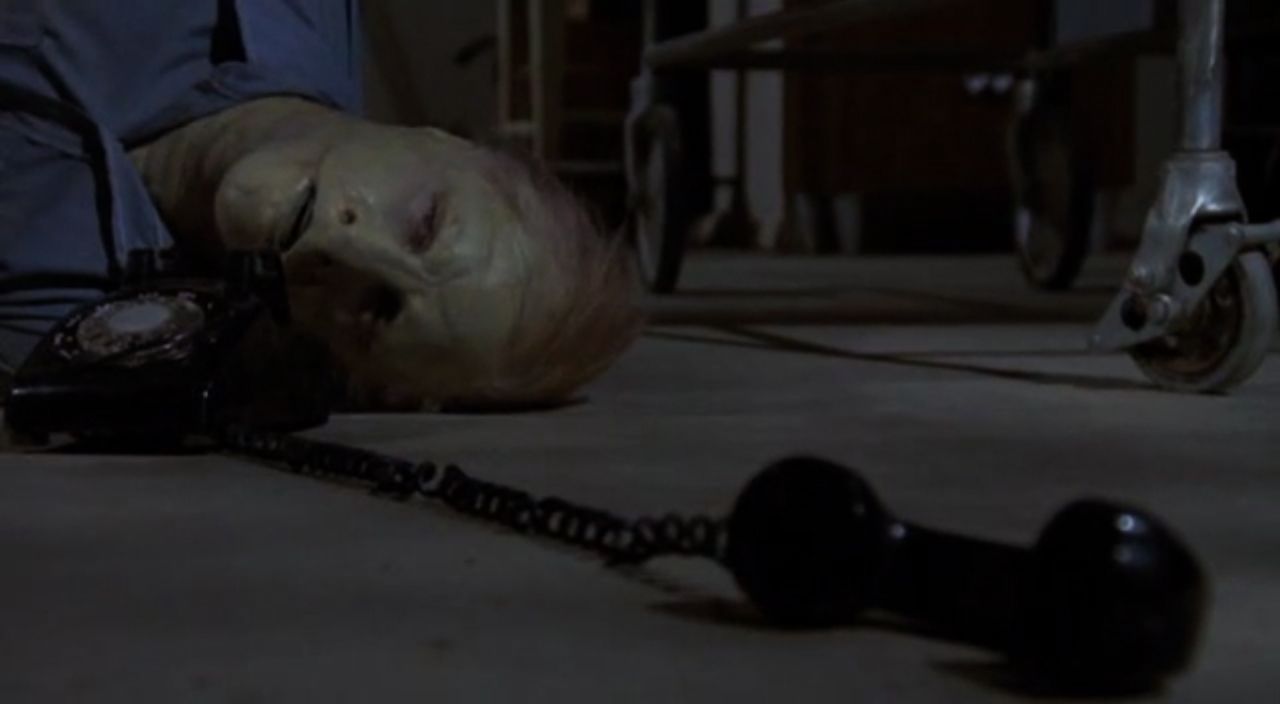 So you can chalk Sssssss as another movie that fails for many of the reasons it succeeds. If we didn’t care about the characters, chances are the horror elements might have stuck out more. As it is the quality of the main performances do more to highlight the film’s problems than disguise them. This includes the odd decision to obscure nudity by literally painting vegetation onto the frame (which—according to the IMDb—appears only in the home video version for unexplained reasons), the ridiculous death of Dr. Daniels (who appears to have been completely devoured by the snake in a matter of hours, which even I know wouldn’t be possible), the hilarious final transformation scene, and the whole football player subplot, which seems to have been added just to give Dr. Stoner something evil to do before the climax.
So you can chalk Sssssss as another movie that fails for many of the reasons it succeeds. If we didn’t care about the characters, chances are the horror elements might have stuck out more. As it is the quality of the main performances do more to highlight the film’s problems than disguise them. This includes the odd decision to obscure nudity by literally painting vegetation onto the frame (which—according to the IMDb—appears only in the home video version for unexplained reasons), the ridiculous death of Dr. Daniels (who appears to have been completely devoured by the snake in a matter of hours, which even I know wouldn’t be possible), the hilarious final transformation scene, and the whole football player subplot, which seems to have been added just to give Dr. Stoner something evil to do before the climax.
I’d actually be okay with all of this if the film didn’t completely fuck up its ending. Clearly the film originally ended with snake-David being killed, but that's the kind of thing that never survives audience testing. So, instead the film ends with Kristina screaming while her snake-boyfriend’s fate is in limbo (for about three seconds at least). My problem is that I actually think the film would have been far creepier if it allowed David to live and we watched as Kristina was left to decide what to do with a boyfriend who is now a venomous king cobra. More than anything I like this because it would have allowed for a sequel in which the situation has driven her mad and she uses her deadly reptile lover to kill all of the folks who refused to recognize her father’s brilliance.
Now that would have been
an awesome movie!

